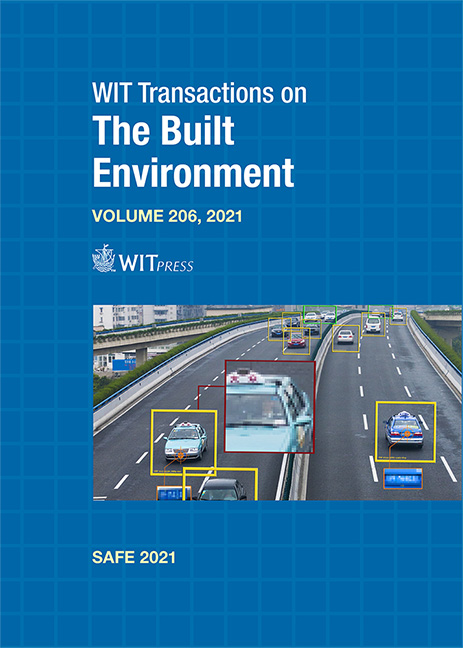RISK REDUCTION IN TRANSPORT SYSTEM IN EMERGENCY CONDITIONS: A FRAMEWORK FOR EVACUATION PLANNING
Price
Free (open access)
Transaction
Volume
206
Pages
13
Page Range
285 - 297
Published
2022
Paper DOI
10.2495/SAFE210241
Copyright
Author(s)
CORRADO RINDONE, PAOLA PANUCCIO
Abstract
Emergency planning is part of the broader disaster management cycle that, at the international level, is identified with the following keywords: prevention; mitigation or prevention; preparedness; response; recovery. The paper focuses on preparedness and in particular on the planning process for ordinary and extraordinary conditions. The specific focus is on the evacuation planning process. In the last years, the United Nations (UN) and European Commission (EC) dedicated a great effort to pursue disaster risk reduction. At aiming this goal, UN and EC promote frameworks to orient the urban emergency planning process. Despite the European addresses, there is no uniformity of approaches for evacuation planning adopted by the Countries. This paper proposes a framework for evacuation planning at the urban scale, with a focus on passenger mobility. The proposed framework integrates theories produced by science, rules produced by laws and implementation in real cases. Planning, training, exercises and evaluation tools are the main elements of the framework that work to reduce risk. Some elements of the Italy case study will be presented.
Keywords
emergency, risk, exposure, evacuation, urban planning





